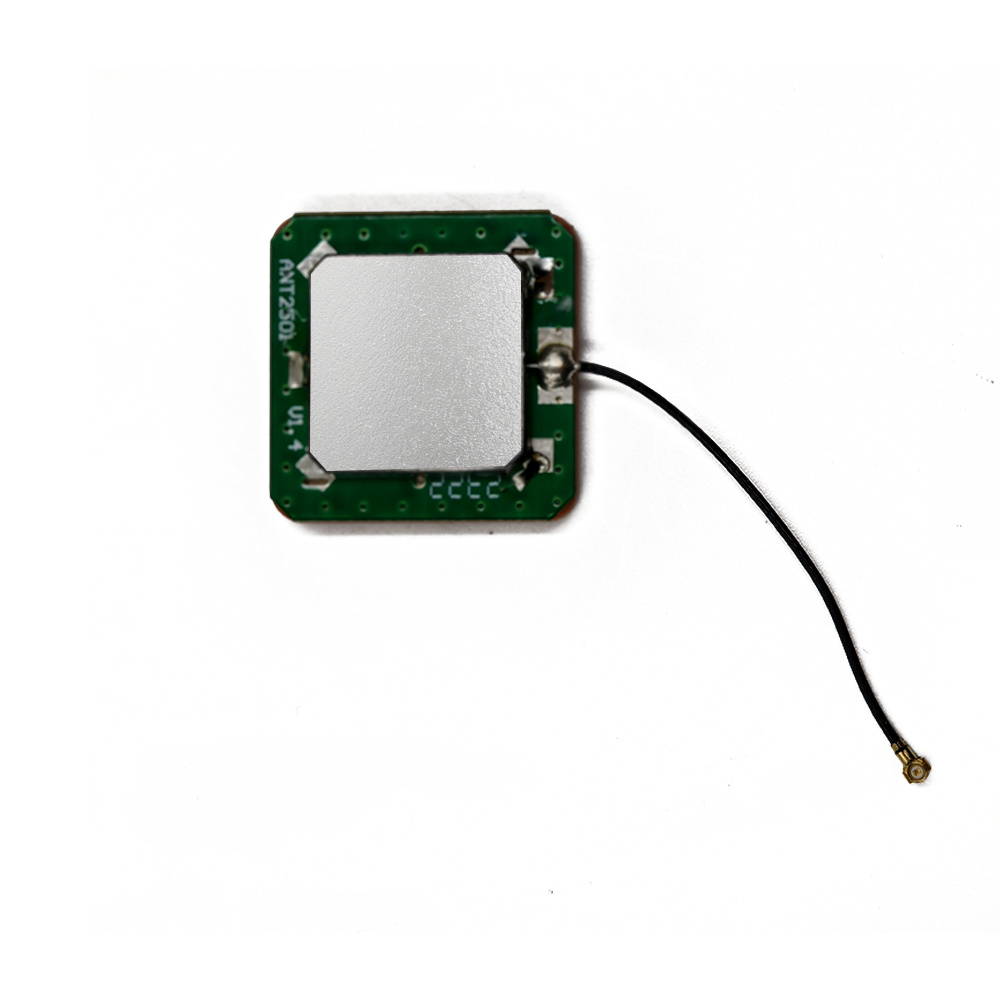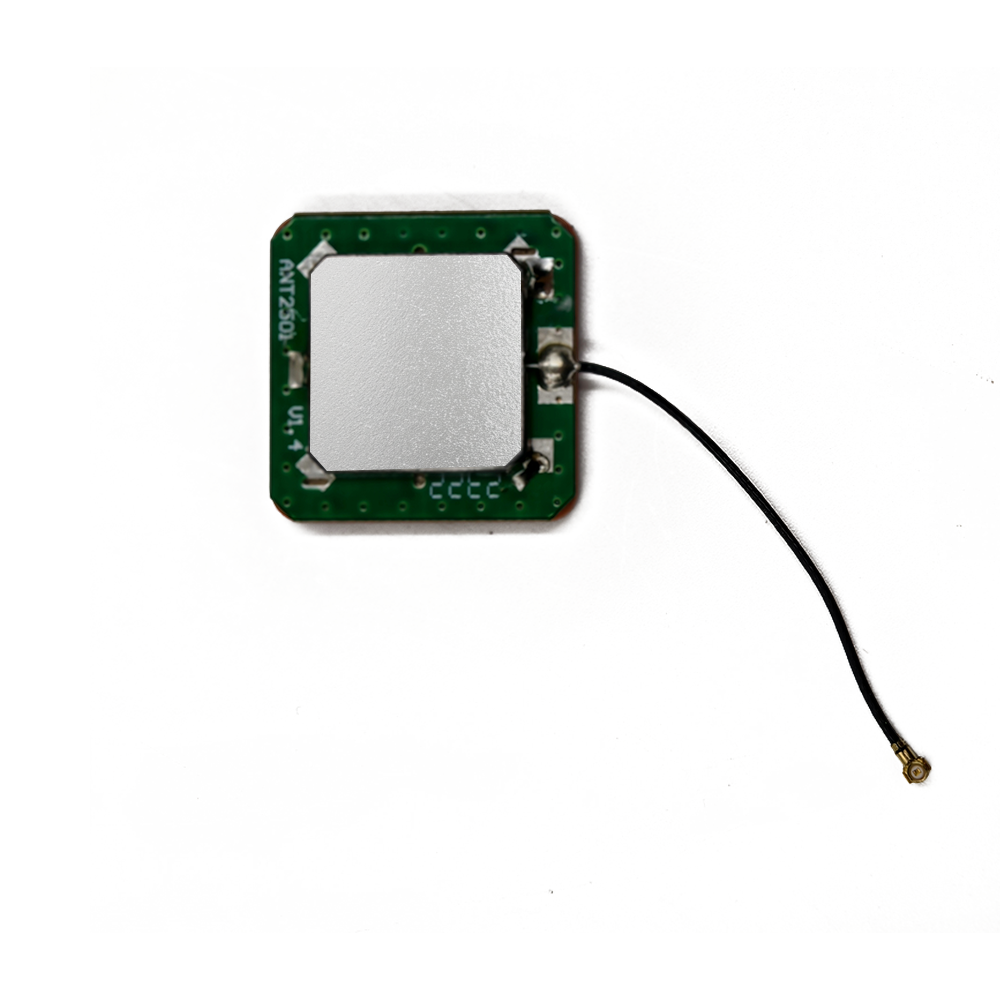Applications
The drone navigation built-in RTK GPS ceramic antenna has a wide range of applications across multiple industries. In the field of aerial photography and videography, it enables drones to precisely position themselves to capture high-quality images and videos from specific angles. The accurate navigation allows photographers and videographers to plan and execute complex flight paths, ensuring that the drone captures the desired shots with precision, which is especially useful for capturing detailed landscapes, architectural structures, and dynamic events.
For surveying and mapping, these antennas are revolutionizing the industry. Drones equipped with high-accuracy RTK GPS ceramic antennas can quickly and accurately map large areas of land, creating detailed 3D models and topographic maps. This is invaluable for land development, urban planning, and environmental monitoring. The ability to obtain accurate and up-to-date mapping data in a short period reduces the time and cost associated with traditional surveying methods.
In the delivery industry, drones with built-in RTK GPS ceramic antennas are being explored as a means of transporting small packages. The high accuracy of these antennas ensures that the drones can navigate precisely to the delivery location, even in complex urban environments. This has the potential to revolutionize the last-mile delivery process, making it faster, more cost-effective, and more environmentally friendly.
In search and rescue operations, drones with accurate navigation capabilities are crucial. The high-accuracy positioning provided by the RTK GPS ceramic antenna allows the drones to search large areas systematically, transmitting real-time location data of potential survivors back to the rescue team. This significantly increases the chances of a successful rescue by enabling the team to quickly locate and reach those in need.
Future Trends
Looking ahead, several future trends are set to shape the development of drone navigation built-in RTK GPS ceramic antennas. One prominent trend is the integration of multiple satellite navigation systems. In addition to GPS, other global navigation satellite systems (GNSS) such as GLONASS, Galileo, and BeiDou are becoming more widely used. Future antennas are likely to be designed to receive signals from multiple GNSS simultaneously, providing more accurate and reliable positioning information, especially in challenging environments where satellite visibility may be limited. This multi-GNSS integration will enhance the resilience and performance of drone navigation systems.
Another trend is the development of more intelligent and self-adaptive RTK systems. The integration of artificial intelligence (AI) and machine learning (ML) algorithms with RTK technology will enable the antenna and the associated navigation system to adapt to changing environmental conditions, predict and mitigate interference, and optimize the positioning process. For example, AI can be used to analyze real-time data from the antenna and other sensors on the drone to make informed decisions about flight paths and positioning adjustments.
The miniaturization of the RTK GPS ceramic antenna is expected to continue. As drone technology advances, there is a growing demand for smaller, lighter, and more energy-efficient components. Manufacturers will strive to further reduce the size of these antennas while maintaining or improving their performance, enabling the development of smaller and more agile drones.
There is also a growing interest in using RTK technology for indoor drone navigation. While traditional GPS is mainly for outdoor use, researchers are exploring ways to adapt RTK principles for indoor environments, such as large warehouses, factories, and sports arenas. Drone navigation built-in RTK GPS ceramic antennas may play a crucial role in this development, enabling precise indoor positioning for applications like inventory management, inspection, and surveillance.
Conclusion
In conclusion, the drone navigation built-in RTK GPS ceramic antenna represents a significant advancement in UAV technology, offering high-accuracy positioning, compact size, durability, and excellent integration capabilities. These features have made it an essential component for a wide range of drone applications, driving innovation and enhancing the efficiency and effectiveness of drone operations across various industries.
However, the challenges associated with the complexity of the RTK system, interference, environmental factors, and manufacturing consistency must be overcome to further promote its widespread adoption. Continued research and development efforts from both academia and industry are needed to address these challenges.
Looking to the future, with the emergence of trends such as multi-GNSS integration, the integration of AI and ML, further miniaturization, and indoor navigation applications, the drone navigation built-in RTK GPS ceramic antenna is poised to play an even more significant role in the evolution of drone technology. As these trends develop, drones equipped with these advanced antennas will be able to perform more complex tasks with greater precision, opening up new possibilities for a wide range of industries and applications.




































































 Language
Language
 En
En Cn
Cn Korean
Korean

 Home >
Home > 






 18665803017 (Macro)
18665803017 (Macro)













